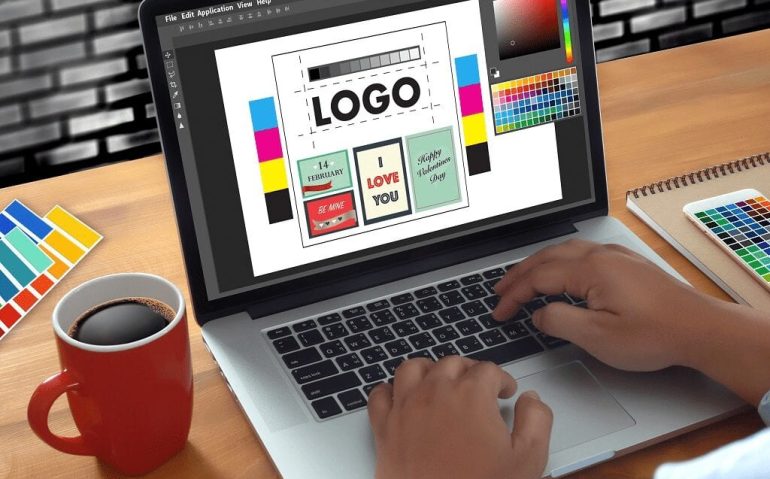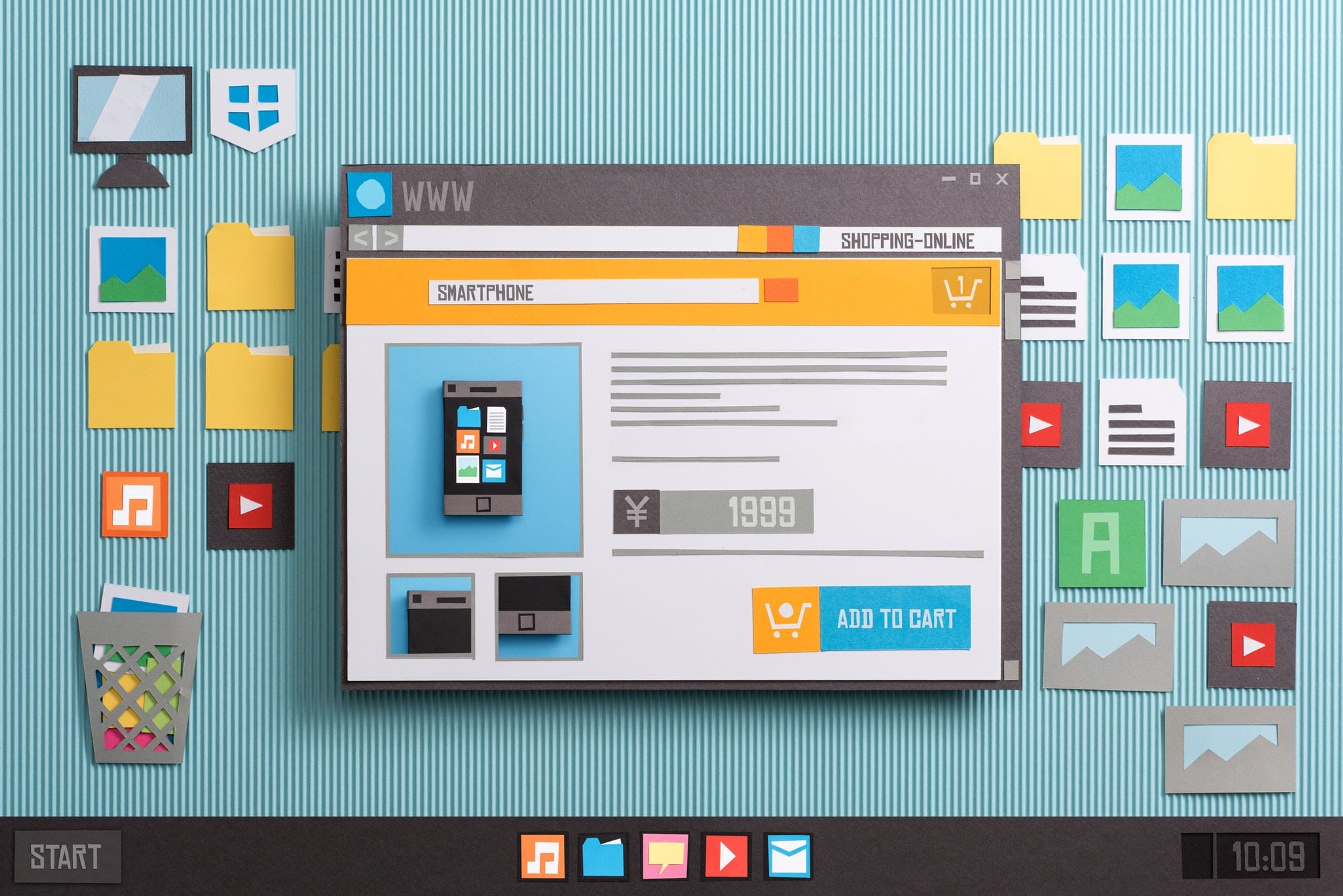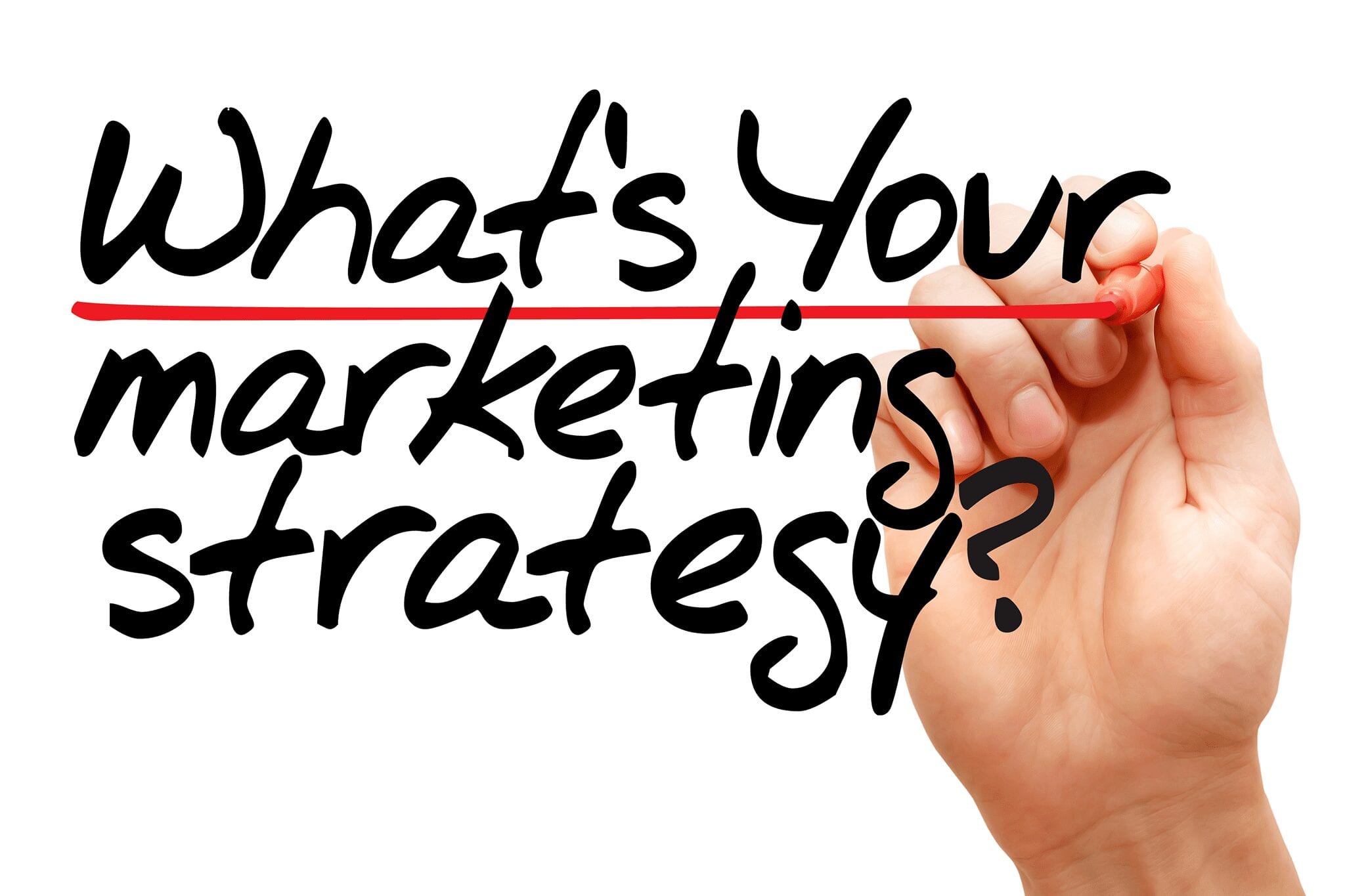Logo. Every company needs one, most companies do, and only few have one that is effective. What’s the difference? Imagine a car repair center with a logo that’s designed in multicolored crayon font. Is this a business you would intuitively think is a good spot to get an oil change? Assuming you even knew it was a car repair shop, probably not. That’s an extreme example of course, but it does highlight the importance of having a logo that matches the company. A good design should easily help people recognize a business, remember a business and reinforce the overall message the business wants to convey. When having a logo designed, there are some important steps and decisions along the way that can ensure it makes the right impression.
Identifying if Your Logo Should Be Illustrative, Iconic, or Textual
There are three major design groups a logo can fall into. Illustrative, iconic, and textual. Illustrative logos are elaborate images that have many details and colors. Some examples include Ferrari, Quaker Oats, and Breyers. While impressive, they can require more involved graphic design and application of the exact logo, embroidering on a hat or shirt, for example, can prove difficult. However, a highly-relevant and creative illustrative logo can help companies stand out in a competitive market.
The iconic style of logo is the simpler, bolder cousin of illustrative and is currently the more popular choice. There’s still an image involved, but it’s far less detailed only uses 1-3 colors instead of entire gradients. You can easily recognize these while driving down the highway. The bell in Taco Bell’s logo, Burger King’s burger, and the Arby’s logo are all examples of popular iconic logos. They have minimalist designs that are memorable and, depending on how you feel about their food, leave some kind of an impression so the next time you see them, you’ll instantly know if you want to stop the car or keep driving.
Textual, or text-based logos incorporate some elements of iconic, but are centered around the text of the company’s actual name. In any of the iconic logo examples above, the company’s name could be removed and most people would still be able to identify the company. In most cases, you’ll want to include the company’s name as part of the logo itself. Coca-Cola, arguably the biggest, most recognizable brand in the entire world is a perfect example of a textual logo. When done right a textual logo should show the company’s name in a unique enough way that the words themselves serve as an image.
How will the logo be used? What kind of audience do you want to attract? What’s the emotion you want to evoke when people see the logo? Answering the above questions will help guide the decision as to which type of logo, or which blend of the different types, should be used in your logo design.
Colors Matter and Can Cost Money
Along with the action logo design, colors of the logo play a very important role. This is two-fold. First, colors tell people about a business. Second, from a cost perspective, the number of colors in your logo can have an impact down the road when you’re deciding on signage, promotional materials or labeling.
It’s long been known in the world of graphic design that people associate colors with a feeling or emotion. Blue, a color that is associated with trust and maturity, is used widely in the health and finance industries. Green is seen as a healthy, natural color, perfect for nutritional products or landscaping companies. Red gets people excited and is linked with passion and youthful energy. Going back to the Coca-Cola example, their logo is red. Not because their drinks are, but because they want to be associated with happiness and being cool. The examples go on and on for each color – so make sure you choose the right ones for you.
When you’re picking colors for your logo design, be mindful that having too many colors in your logo can be costlier depending on the application. Print materials, for example, are more expensive when you’ve got to include more than two colors. So printing a large banner with your one or two color iconic logo will be much more cost effective than printing an illustrative logo with a wide range of color gradients.
Include Your Website Domain in The Logo
If you go illustrative, in addition to making sure your company name is in the logo, you ideally want to have your website domain in the logo as well. If your brick and mortar business has a website where people can learn more about the company and its products and services, read reviews or make purchases, including the website can be a great way to help make the first touch to the customer. If your business is primarily online, then it’s recommended that your logo includes your domain, in some respect. Giving customers an easy reminder of where they can find you online will be helpful in building return business, especially if your URL is not as obvious as putting “.com” right behind your company’s name.
Your Image and Reputation
Bringing it all full circle, it’s important to consider the image, feeling, and reputation you want to show the world. In most cases, your logo is the first impression people will get of your business. And, just like a job interview, first impressions are everything.









